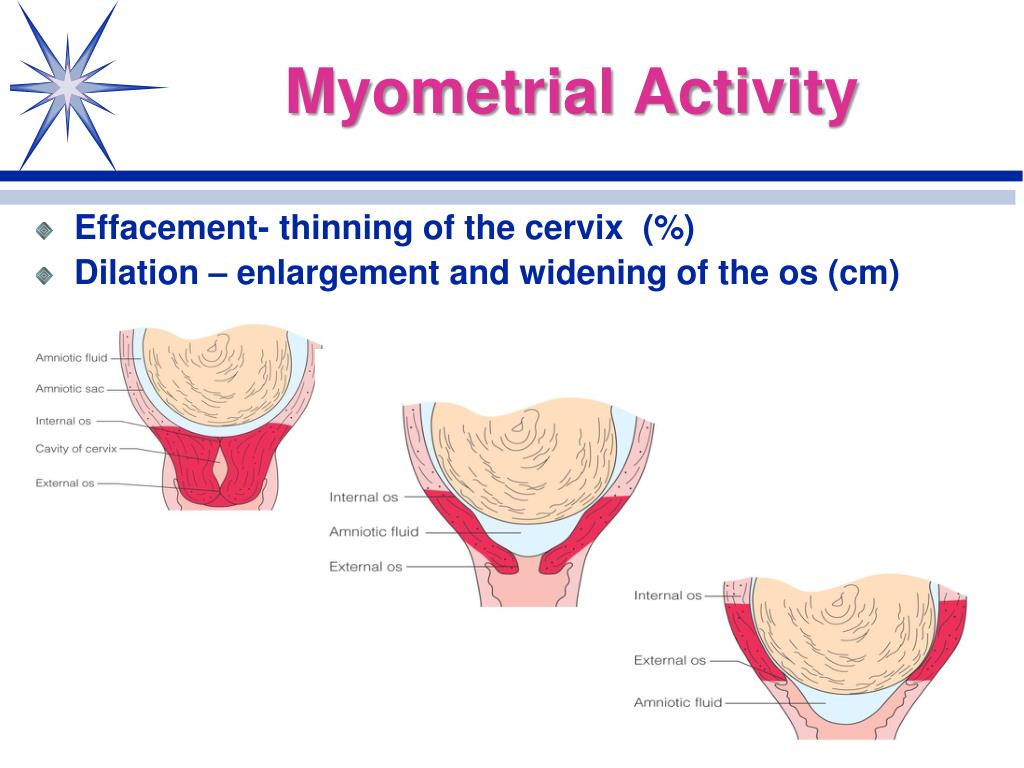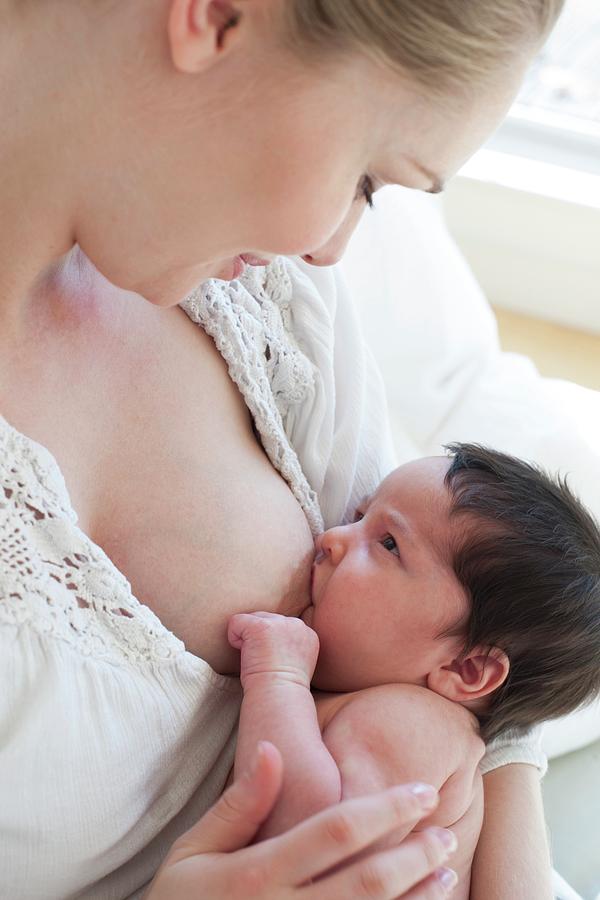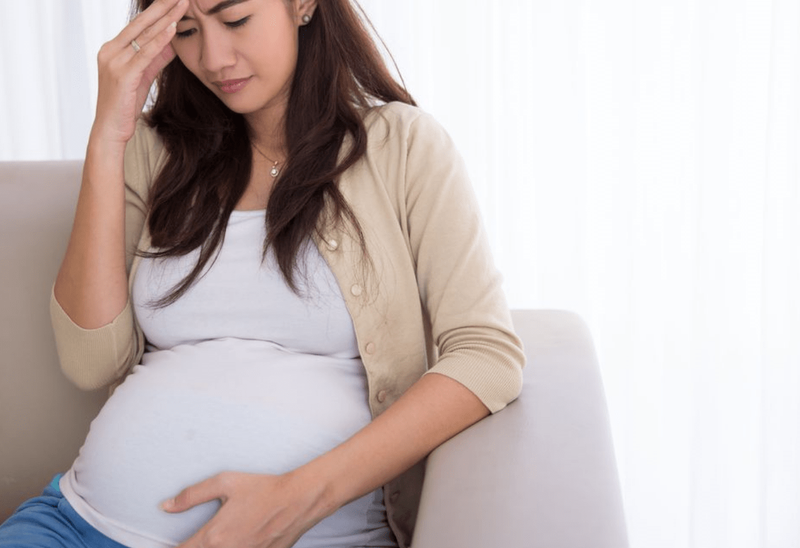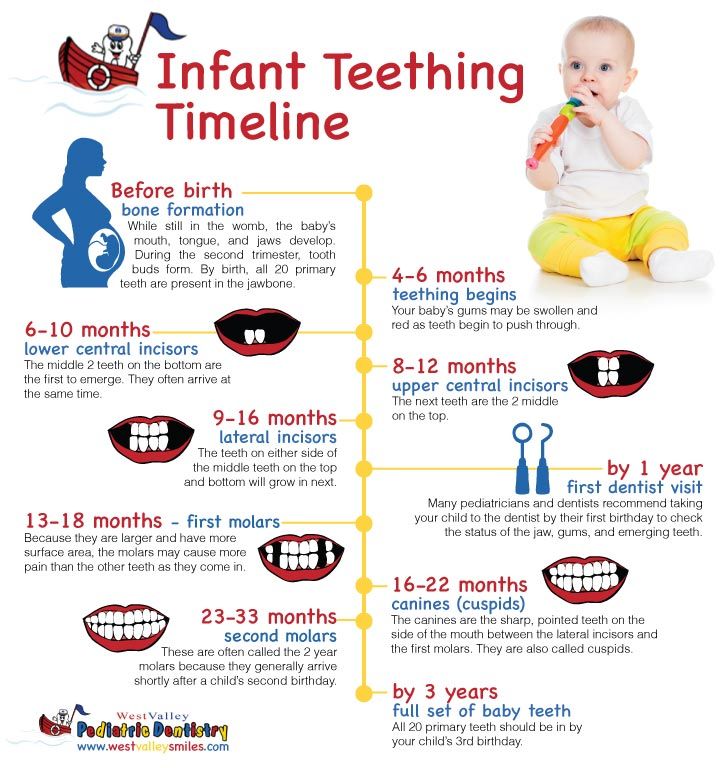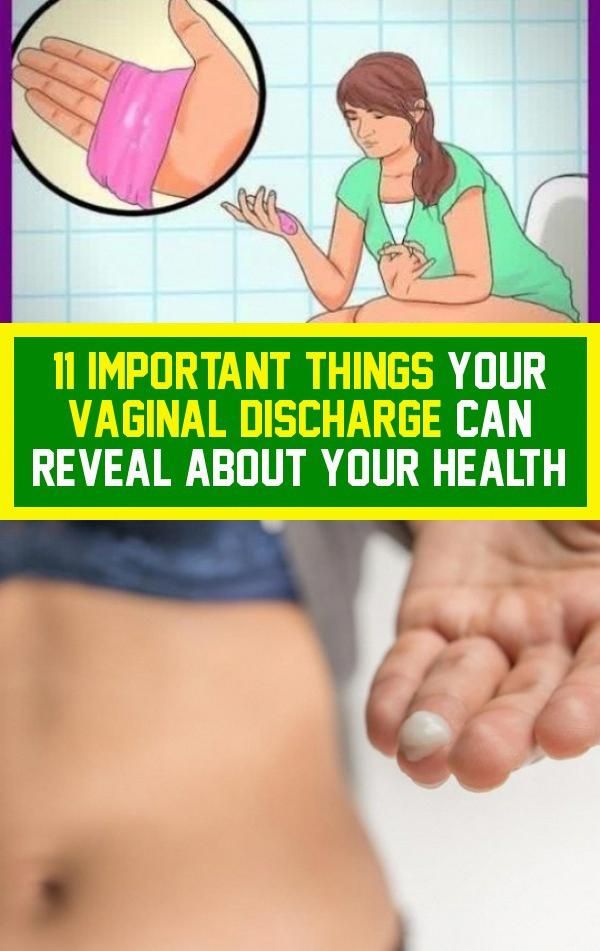Yellow discharge from eye of newborn
Is it normal and how to treat it?
Eye discharge is common in newborns and typically occurs due to a blocked tear duct. However, parents and caregivers can often treat this at home.
Eye discharge is typically harmless and self-resolving. However, discharge that occurs alongside other symptoms in the eye area, such as swelling or tenderness, could indicate an infection or another eye problem. A parent or caregiver of a newborn with these symptoms will need to consult a doctor.
This article discusses how common eye discharge is and explains how to treat it at home. We also cover medical treatment, other causes, complications, and when to contact a doctor.
Eye discharge in newborns is common and rarely a cause for concern. A common cause of eye discharge is a blocked tear duct.
According to the American Academy of Ophthalmology, almost 20% of newborns have a blocked tear duct. This condition can occur because the end of the tear duct does not open properly when the baby is born.
Tears form in the lacrimal gland, which sits just above the eye. Tear fluid helps clean and lubricate the surface of the eye. When a person blinks, the eyelids sweep the tear fluid into these ducts, which drain it into the nose.
If something blocks a tear duct, fluid may no longer be able to drain away from the eye’s surface. Blockages can cause very watery eyes, and sticky discharge may form in the corners.
Learn more about blocked tear ducts.
Blocked tear ducts are a common cause of eye discharge in infants. However, other conditions and factors can also cause discharge.
Conjunctivitis
Eye discharge in newborns can also be a sign of conjunctivitis or pinkeye. Conjunctivitis is an inflammation of the conjunctiva, a thin membrane that protects the front of the eye. Unlike a blocked tear duct, conjunctivitis often causes the white part of the eye to appear red.
Symptoms of conjunctivitis in newborns can include:
- drainage or discharge that develops between 5 and 12 days after birth
- puffy or tender eyelids, often with skin discoloration
- red, irritated eyes
Conjunctivitis in newborns can sometimes occur alongside a blocked tear duct.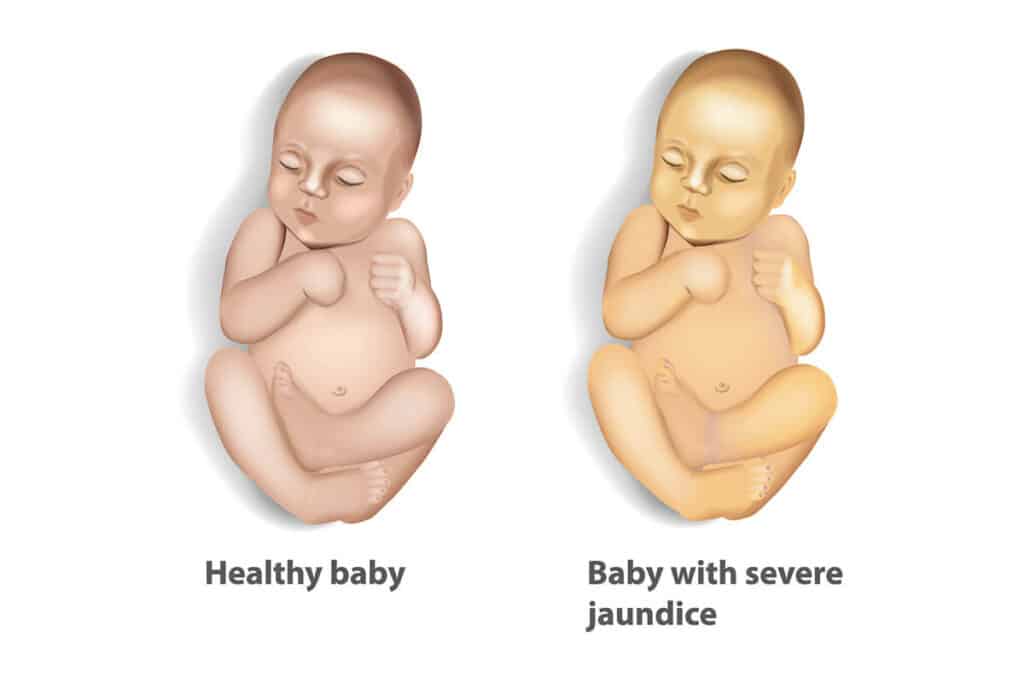 However, a pregnant person can also pass on a bacterial or viral infection to their baby when giving birth, leading to conjunctivitis.
However, a pregnant person can also pass on a bacterial or viral infection to their baby when giving birth, leading to conjunctivitis.
Learn more about the symptoms of eye infections.
Chemical irritation
Chemical irritation can also cause conjunctivitis in newborns. Healthcare professionals often give antibacterial eye drops to newborns to prevent infections. These eye drops can sometimes cause irritation that can result in conjunctivitis symptoms.
Learn more about eye irritation.
If the eye discharge is due to a blocked tear duct, it will usually resolve without treatment within 4–6 months.
However, wind, cold weather, and strong sunlight can also worsen symptoms, so a parent or caregiver should aim to protect a newborn’s eyes from these elements.
Clearing discharge
A parent or caregiver can often treat a newborn with a blocked tear duct at home. Before touching the area close to the child’s eyes, it is essential to wash the hands with soap and warm water to prevent infections.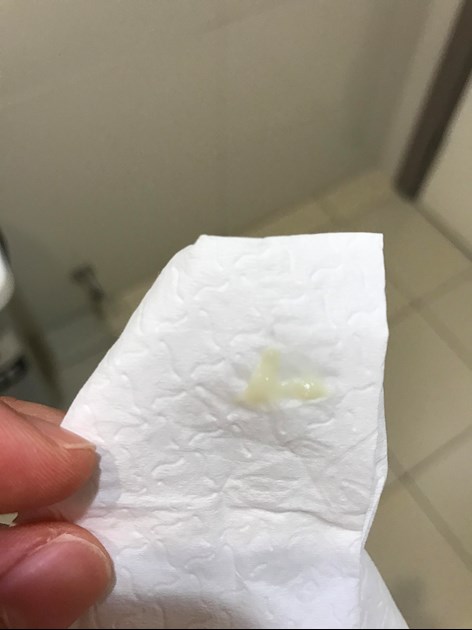 A person should also take care to rinse the hands thoroughly after cleaning them to avoid getting soap in the baby’s eye.
A person should also take care to rinse the hands thoroughly after cleaning them to avoid getting soap in the baby’s eye.
To clear away discharge, dip a clean piece of gauze or soft cloth in some lukewarm water, then gently wipe the corner of the eye. If a blocked tear duct affects both eyes, always use a new area of the cloth or gauze to clean the other eye.
Tearduct massage
A doctor may also recommend gently massaging the blocked tear duct to help it open, and they will demonstrate how to do this safely.
To massage the tear duct:
- Lightly press the tip of the index finger against the inside bridge of the newborn’s nose, on the side of the blocked tear duct.
- Make 2 or 3 short downward strokes with the finger along the side of the nose. These should be gentle but firm.
- Perform the massage twice a day — once in the morning and once in the evening.
If the side of the newborn’s nose becomes red or swollen, stop the massage immediately and contact a doctor.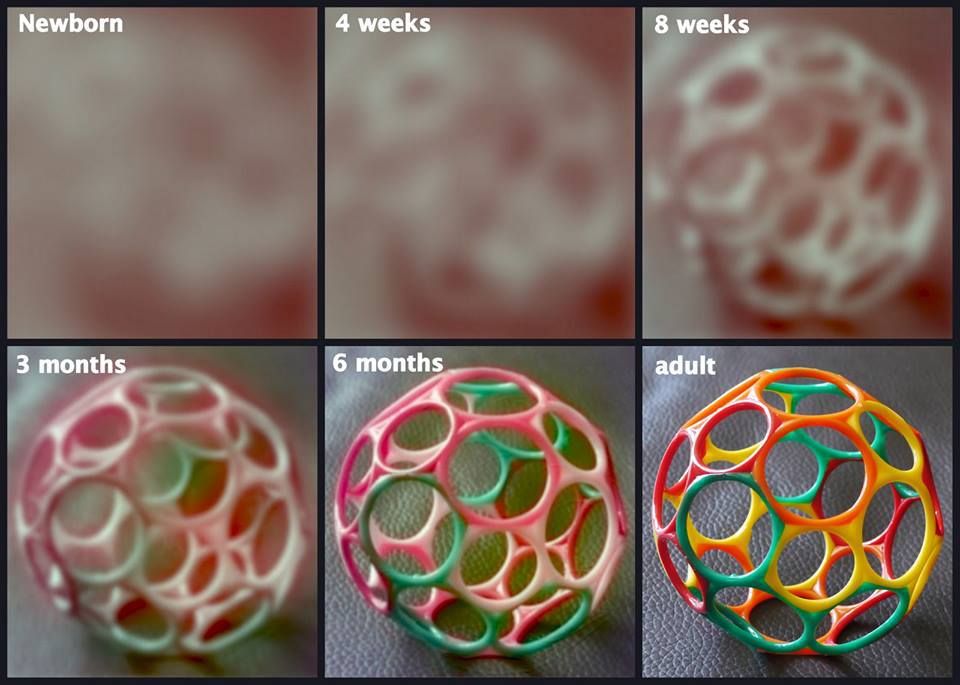
In newborns, blocked tear ducts tend to open up within several months of birth. However, medical intervention may be necessary in some cases.
Surgery
If the blockage has not gone away by the baby is 1 year of age, a doctor may recommend a medical treatment called a nasolacrimal duct probing.
This procedure involves inserting a small probe into the infant’s tear duct. By using probes that gradually increase in size, a doctor will be able to open up the tear duct. They will then use a saline solution to flush out any remaining debris.
Sometimes, the doctor may also insert a small tube, or stent, into the duct to keep it open.
Probing is usually successful in opening the tear duct. For children with a severe blockage, a doctor may recommend a more complicated surgical procedure called a dacryocystorhinostomy to clear out and open the tear duct.
Antibiotics
If an infection is causing eye discharge, the newborn will need prompt medical attention. To treat cases of infectious discharge, a doctor may prescribe topical, oral, or intravenous antibiotics.
To treat cases of infectious discharge, a doctor may prescribe topical, oral, or intravenous antibiotics.
Blocked tear ducts can sometimes lead to an infection called dacryocystitis. Symptoms of this condition may include:
- excessive thick discharge from the eye
- redness in the corner of the eye
- a tender bump or swelling at the side of the nose
- fever
If a newborn has any of these symptoms, a parent or caregiver should consult a doctor.
Newborns with eye discharge or very watery eyes should speak with a pediatrician or an eye doctor specializing in children, called a pediatric ophthalmologist. These healthcare professionals can diagnose the cause of the discharge and check for signs of infection.
Parents or caregivers should seek medical attention if an infant’s eye discharge persists for more than 6 months.
Newborns with signs of an eye infection require immediate medical attention. Signs of an eye infection can include:
- sore or puffy eyes
- swollen eyelids
- yellow or green pus or discharge
- a bump or swelling on the inside corner of the eye
If a parent or caregiver notices any of these symptoms, they should contact a doctor immediately.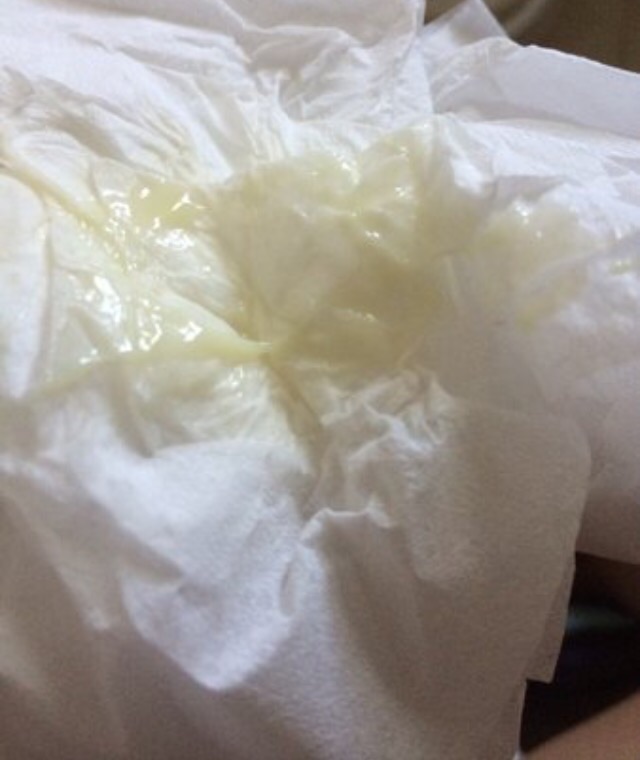
Eye discharge in newborns is common and often results from a blocked tear duct. The blockage will usually clear up by itself within 4 to 6 months.
However, newborns with eye redness, eye discharge, or excessive watering of the eyes should speak with a doctor to diagnose the cause and rule out an eye infection.
Parents and caregivers can treat a baby with a blocked tear duct at home by wiping away any discharge and gently massaging the area twice a day. A doctor can demonstrate how to do this.
Discoloration, swelling, or soreness in the eye can indicate an eye infection. Speak with a doctor immediately if an infant has these signs.
Eye - Pus or Discharge
Is this your child's symptom?
- Yellow or green discharge (pus) in the eye
- The eyelids are stuck (matted) together with pus after sleep
- After being wiped away, the pus comes back during the day
- Often caused by a bacterial eye infection
Causes of Eye with Pus
- Bacterial Conjunctivitis.
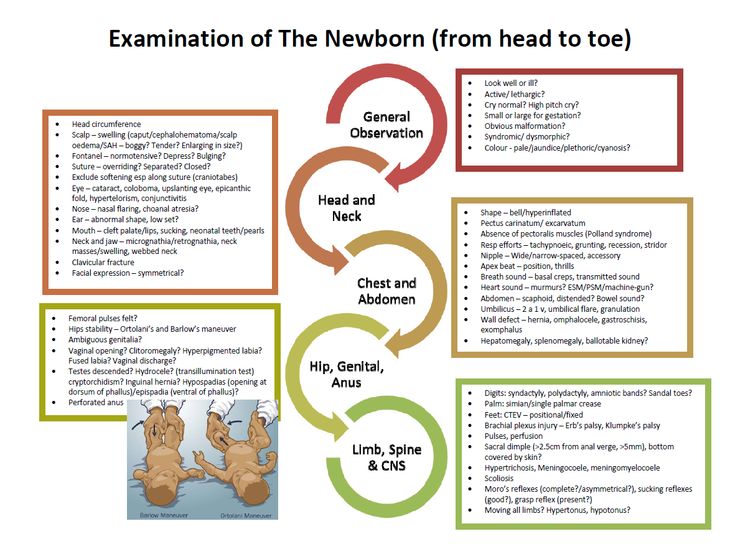 This is a bacterial infection of the eye. The main symptom is eyelids stuck together with pus after sleep. Can be present in 1 or both eyes. A few viruses can cause pus in the eyes, but most don't.
This is a bacterial infection of the eye. The main symptom is eyelids stuck together with pus after sleep. Can be present in 1 or both eyes. A few viruses can cause pus in the eyes, but most don't. - Viral Conjunctivitis. This is a viral infection of the eyes. Main symptom is pinkness of the white parts of the eyes. The eyes are also watery. Most often, there is no pus. Usually on both sides.
- Normal Discharge. A small amount of dried mucus only in the corner of the eye. It may not even be pus. A collection of mucus can be cream colored. Often due to an irritant that got in the eye from dirty hands. Needs no treatment except wiping it away with warm water.
- Blocked Tear Duct. Present in 10% of newborns. Main symptom is a constant watery eye. Tears fill the eye and run down the face. This happens even when not crying. The eye is not red and the eyelid is not swollen. The wet eye may get secondary infections.
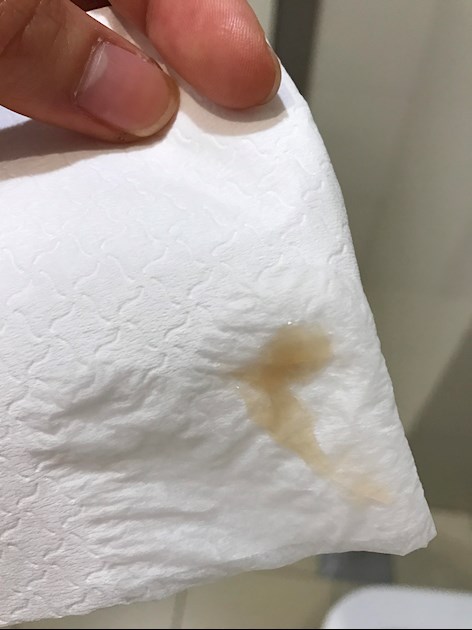 This will cause the eyelids to become matted with pus.
This will cause the eyelids to become matted with pus. - Foreign Object in Eye (Serious). Small particles such as sand, dirt or sawdust can be blown into the eyes. The grit often gets stuck under the upper eyelid. If not removed, the eye reacts by producing pus. The main clue is an eye infection that does not respond to antibiotic eyedrops. Older children complain of feeling something in the eye.
- Eyelid Cellulitis (Serious). This is a deep infection of the eyelid and tissues around it. The main symptom is a red, swollen, very tender eyelid. The eye can be swollen shut. Usually only on one side. This can be a problem caused by bacterial conjunctivitis. The eye infection spreads inward. More commonly this is caused by an ethmoid sinus infection. That type occurs without any pus in the eye.
Symptoms of Bacterial Eye Infection
- Yellow or green discharge or pus in the eye
- Dried pus on the eyelids and eyelashes
- The eyelashes are more likely to be stuck together after sleep
- The whites of the eye may or may not be red or pink
- The eyelids are often puffy
When to Call for Eye - Pus or Discharge
Call Doctor or Seek Care Now
- Eyelid is very red or very swollen
- Vision is blurred
- Eye pain or discomfort is more than mild
- Fever over 104° F (40° C)
- Fever in baby less than 12 weeks old.
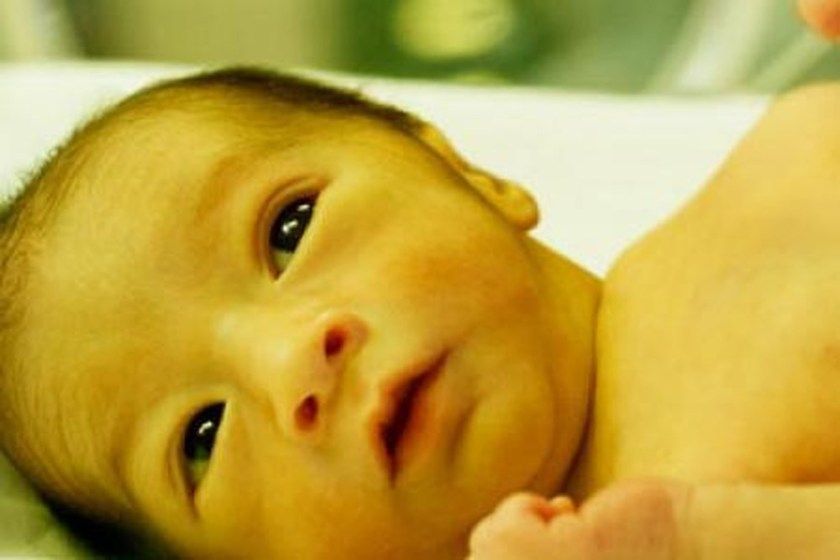 Caution: do NOT give your baby any fever medicine before being seen.
Caution: do NOT give your baby any fever medicine before being seen. - Your child looks or acts very sick
- You think your child needs to be seen, and the problem is urgent
Contact Doctor Within 24 Hours
- Pus in the eye, but none of the symptoms above. Reason: you may need antibiotic eyedrops to treat it.
- Using antibiotic eye drops more than 3 days and pus is still there
Seattle Children's Urgent Care Locations
If your child’s illness or injury is life-threatening, call 911.
- Bellevue
- Everett
- Federal Way
- Seattle
Care Advice for Pus In the Eye
- What You Should Know About Bacterial Eye Infections:
- Bacterial eye infections are common with colds.
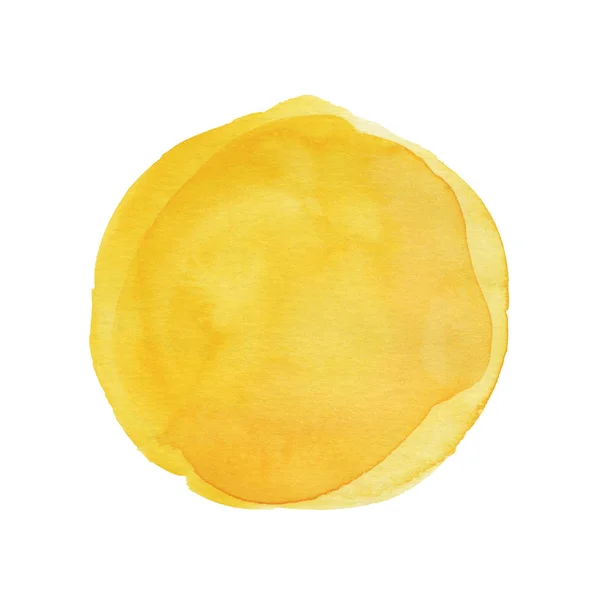
- They respond to home treatment with antibiotic eye drops which need a prescription.
- They are not harmful to vision.
- Until you get some antibiotic eye drops, here is some advice that should help.
- Bacterial eye infections are common with colds.
- Remove Pus:
- Remove all the dried and liquid pus from the eyelids. Use warm water and wet cotton balls to do this.
- Do this whenever pus is seen on the eyelids.
- Also, remove the pus before the antibiotic eye drops are put in. Reason: they will not work if you don't.
- The pus can spread infection to others. So, dispose of it carefully.
- Wash your hands well after any contact with the pus.
- Antibiotic Eye Drops: How to Use
- For a cooperative child, gently pull down on the lower lid. Put 1 drop inside the lower lid. Then ask your child to close the eye for 2 minutes. Reason: so the medicine will get into the tissues.
- For a child who won't open his eye, have him lie down.
 Put 1 drop over the inner corner of the eye. If your child opens the eye or blinks, the eye drop will flow in. If he doesn't open the eye, the drop will slowly seep into the eye.
Put 1 drop over the inner corner of the eye. If your child opens the eye or blinks, the eye drop will flow in. If he doesn't open the eye, the drop will slowly seep into the eye.
- Contact Lenses:
- Children who wear contact lenses need to switch to glasses until the infection is gone.
- Reason: to prevent damage to the cornea.
- Disinfect the contacts before wearing them again.
- Discard them if they are disposable.
- Return to School:
- Your child can return to school when the pus is a small amount.
- Antibiotic eye drops should be used for 24 hours before going back.
- What to Expect:
- With treatment, the pus discharge should clear up in 3 days.
- The red eyes may last up to a week.
- Call Your Doctor If:
- Eyelid gets red or swollen
- You think your child needs to be seen
- Your child becomes worse
And remember, contact your doctor if your child develops any of the 'Call Your Doctor' symptoms.

Disclaimer: this health information is for educational purposes only. You, the reader, assume full responsibility for how you choose to use it.
Last Reviewed: 11/30/2022
Last Revised: 01/13/2022
Copyright 2000-2022. Schmitt Pediatric Guidelines LLC.
Discharge from the eyes of a newborn: norm and deviations
We all know that most newborn babies have blue eyes immediately after birth. However, already about a month after birth, it gradually begins to change. For many babies, this can happen as early as day 10, but for some, the process can take up to 6 months. Depending on the genes laid down by the parents. Immediately after childbirth, the eyes of babies may be red, but this should not be frightened. This effect is due to hemorrhages of bursting vessels during labor. This symptom does not need special treatment and will pass by itself within 2-4 weeks, you will not pay attention to how. Next, let's talk about what is normal discharge from the eyes of newborns and when their color and consistency change.
What kind of discharge is normal?
After his birth, the child faces a new unknown world, in which everything is unfamiliar to him, alien. Due to his age, he is not yet ready for some difficulties and realities. Any infectious disease that is not dangerous for an adult can cause a serious illness in a child in the first days of life. Fortunately, many diseases pass without a trace, as it is possible to successfully cure them. Unfortunately, children of the first years of life cannot say what specifically worries them. That is why young parents need to pay special attention to the behavior of the child. If the baby begins to rub his eyes often, then this is a reason to be wary.
At 1.5-2 months, in exceptional cases at 4, babies begin to shed tears.
What are tears for?
It has been known since school days that tears wash the eyeball, thus preventing it from drying out and protecting it from various bacteria and harmful viruses. Those discharges that we observe in almost everyone in the morning in the corners of the eyes are accumulated tears.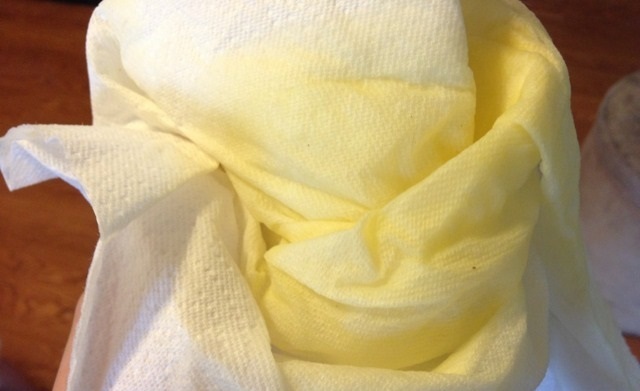 If the lacrimal canal works normally, then it has good patency and does not interfere with the fluid path. However, if it is still closed, then we see how tears accumulate and overflow over the edge of the lower eyelid, they no longer carry a bactericidal function, the eyes become inflamed and redden, and then the process of suppuration begins.
If the lacrimal canal works normally, then it has good patency and does not interfere with the fluid path. However, if it is still closed, then we see how tears accumulate and overflow over the edge of the lower eyelid, they no longer carry a bactericidal function, the eyes become inflamed and redden, and then the process of suppuration begins.
With the appearance of tears in a newborn, congestion in the nasolacrimal canal may begin. In 5% of 100% of children, this channel is closed. However, under the influence of children's tears, this "plug" resolves on its own during the first day of a child's life and does not prevent tear secretion.
Pathological discharge
Parents are worried if their newborn child has an incomprehensible discharge from the eyes. The main thing here is to find out their root cause. There may be a small number of reasons for such discharge, but it is necessary to take this symptom very, very seriously and consult a doctor in time. The very first and most necessary thing you can do if you find discharge from the eyes of a child is to make an appointment with an ophthalmologist so that he directly makes the correct diagnosis, and you can begin the correct necessary treatment.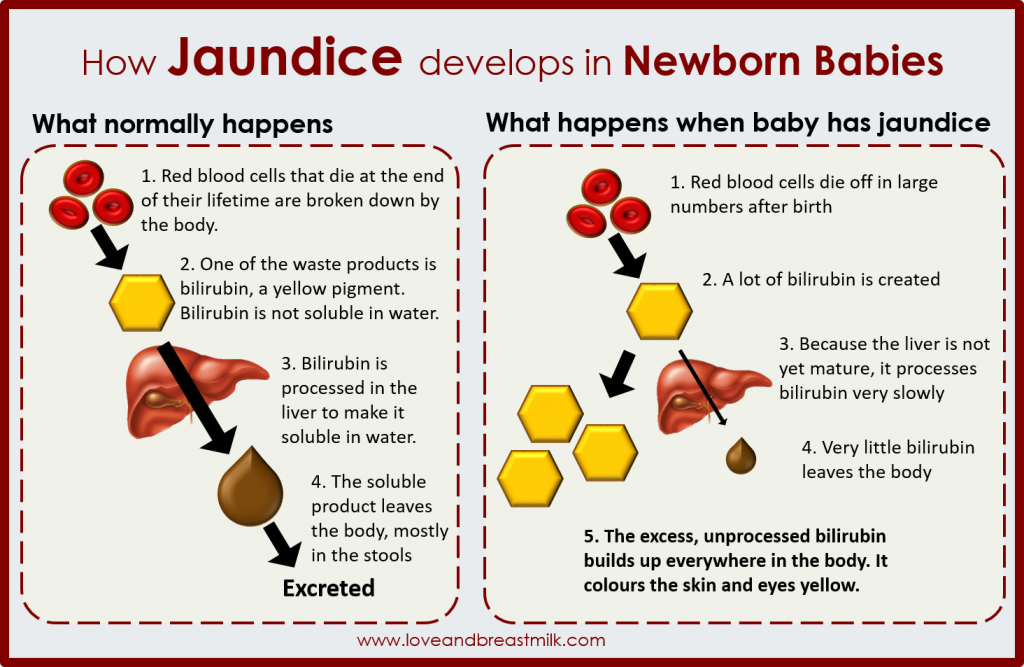
Discharge from the eyes of a newborn is classified according to the following types.
Allergic reaction
If the discharge from the eyes of a newborn is white, clear or whitish and very similar to the tears of a child, this may be a symptom of an allergic reaction. In addition, redness and swelling, irritation of the mucous membrane and severe unbearable itching may be present. However, if such “tears” are not removed, they tend to dry out and turn into thin, flaky films. Medical treatment for such symptoms is vital! Parents should make an appointment with the doctor immediately. The doctor will identify the root cause, that is, the allergen to which the reaction occurred, and prescribe the treatment you need, the basis of which will be to protect the child from the allergy causative agent, and it will be necessary to drink a course of antihistamines.
Conjunctivitis
If a newborn has purulent discharge from the eyes, it is most likely conjunctivitis.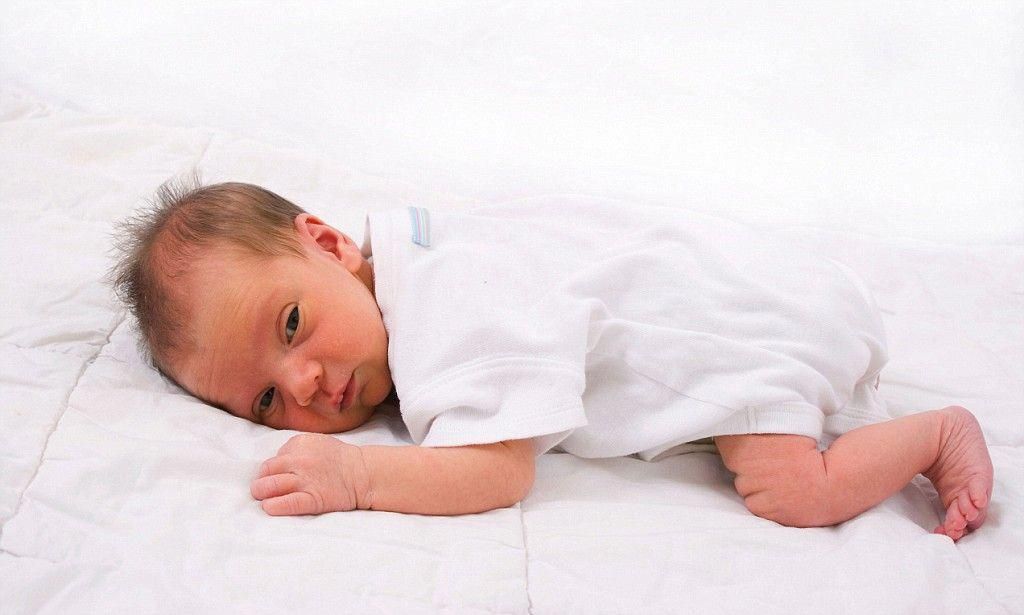 Little kids get sick quite often, unfortunately. It is bacterial and viral. In order to start treatment, there is a need to undergo an analysis and identify the cause of its origin. Often, with conjunctivitis of a bacterial nature, pediatric ophthalmologists first of all prescribe washing to a sick child, however, if this method does not help, then antibiotics are prescribed.
Little kids get sick quite often, unfortunately. It is bacterial and viral. In order to start treatment, there is a need to undergo an analysis and identify the cause of its origin. Often, with conjunctivitis of a bacterial nature, pediatric ophthalmologists first of all prescribe washing to a sick child, however, if this method does not help, then antibiotics are prescribed.
Viral conjunctivitis is treated with antiviral drugs.
Dacryocystitis
If parents have found green or yellow discharge from the eyes of newborns, then this may be a symptom of the onset of purulent conjunctivitis or even dacryocystitis. The last pathology is inflammation or complete blockage of the lacrimal canaliculus and sac.
When dacryocystitis is detected, to help a sick child, the lacrimal canaliculus is first massaged, which contributes to its opening. However, if the situation has not changed before the child is six months old, surgery is often required to open the canal, during which, if necessary, doctors use general anesthesia.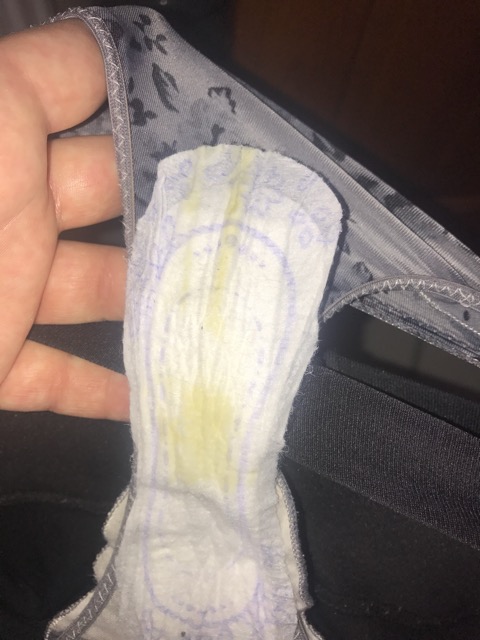
In some cases, yellow discharge from the eyes of newborns does not stop even after surgery. If this does happen, you will also need additional medical treatment with antibiotics. This disease can have a protracted acute chronic form. That is why it is necessary that the treatment is supervised by a professional.
Blepharitis
If crusts or scales are found in the eyes of a newborn child, adults should immediately pay attention to this and not ignore this sign of the disease. Perhaps this is a symptom of blepharitis (inflammation of the eyelids). This childhood disease is characterized by a chronic course. Blepharitis is a disease that, under conditions of home treatment, is practically not treatable in chronic neglected conditions. There is no need to harbor the unreasonable hope that you yourself can handle it at home. If you notice symptoms of blepharitis in your child, you should urgently consult a doctor and start drug therapy and in no case engage in dangerous self-medication.
Any discharge from your child's eyes that adults do not understand can be one of the very dangerous symptoms. That is why, for all conscious parents, the importance of a quick reaction and a timely visit to the doctor is emphasized. After all, this is the health of your child, which you can not buy for any money. Only your attentiveness as a mother or father can save the baby from many complications when he grows up.
Cause of discharge in a child
What are the possible causes that may affect the occurrence of discharge from the eyes in children? Let's figure it out.
- The first and very important reason is the infection of the child in the womb or during passage through the birth canal. The most common infectious eye diseases in children of the first days of life are blepharitis and purulent conjunctivitis.
- Gross non-compliance with hygiene rules in the maternity hospital or after discharge at home. Contact with patients. Physical injury.
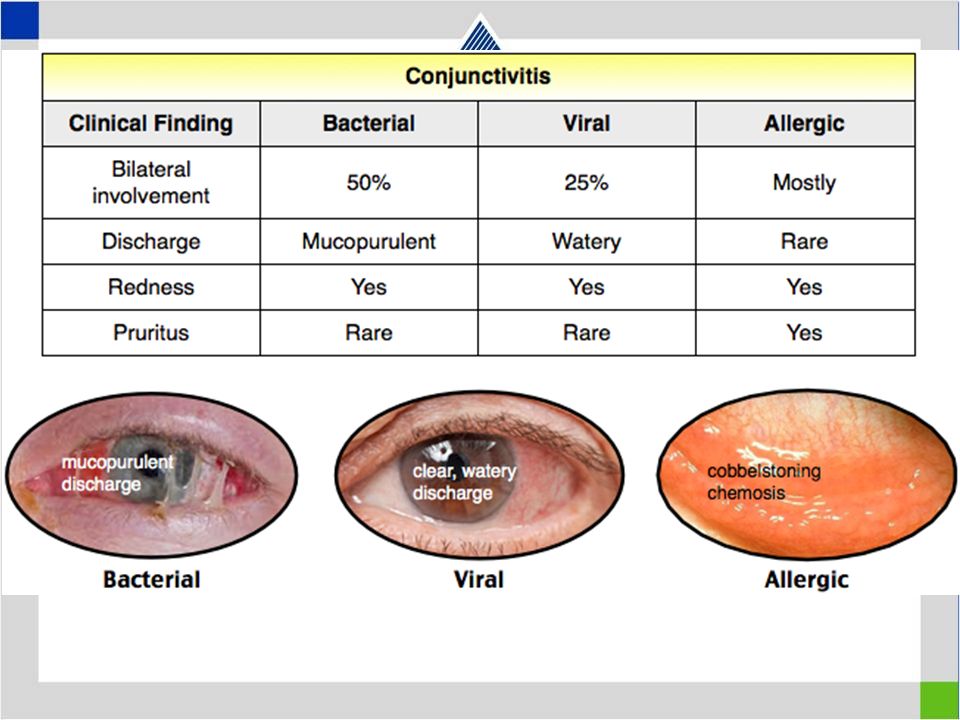
- Symptom of concomitant disease. In young children, any disease can be accompanied by inflammation of the eye and various secretions. As a separate point, it should be noted that this may be a symptom that accompanies any other infectious disease, such as diphtheria.
- Eye discharge can also be caused by an allergy of unknown cause. That is why it is worth emphasizing once again the importance of timely access to a pediatric ophthalmologist.
- The next reason has already been described above - blockage of the lacrimal canal, hence the presence of dacryocystitis as a consequence. Sometimes, in order to get the desired positive effect, gentle massage and drugs prescribed by a doctor are enough. However, this, unfortunately, does not help everyone and one has to allow surgical intervention.
- Separately, it is worth noting pathological disorders in the work of the lacrimal canal, physiological anomalies, the presence of malignant and benign cysts and tumors, malignant tumors of the pituitary gland, pathologies of the nervous system.

- This item can be associated with human negligence or non-compliance with the rules of basic hygiene. Sometimes a foreign body (eyelash, mote, villus, midge, etc.) may get into the child's eye. Thus, an infection is introduced, a gross mechanical damage to the mucosa occurs, and an inflammatory process begins.
If a foreign body is found in the child's eye, and if inflammation has already begun, the removal of the object should be entrusted to a qualified doctor.
Tips
Parenting Guide for Newborns:
- It is important to visit a pediatric ophthalmologist in order to monitor the condition of the eyes of the newborn and monitor the correct development of the organs of vision.
- The very first visit should be no later than 1 month after birth. At this time, the doctor can determine the child's ability to see, assess the formation of the eyelids, the patency of the lacrimal canal, the mobility and transparency of the eyes.
- A visit to the doctor at 6 months will help determine the condition of the retina and the possibility of refraction.
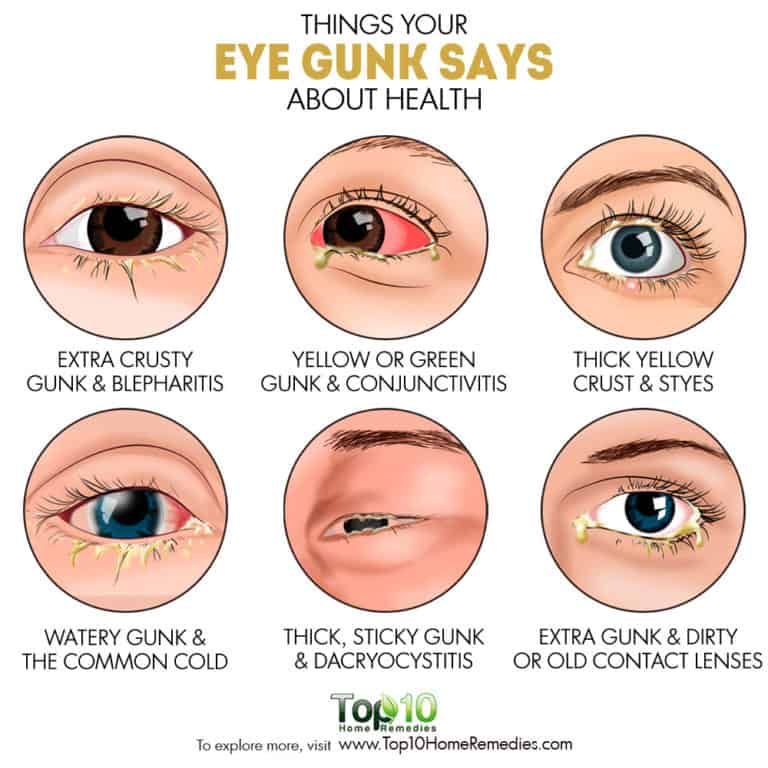
- At 1 year, the presence or absence of strabismus can be determined.
- At the age of 3, when the little man is already acquiring the skill of speaking, it is possible to determine visual acuity.
How to prevent illness
To prevent eye diseases in newborns, or if your child is already unwell, a high level of hygiene is essential. As for children's bedding, pillowcases must be changed daily. Under the head of newborns, it is necessary to put a thin cotton diaper well-ironed with an iron. The eyes themselves must be washed with the frequency that the pediatrician prescribed for you. Follow all doctor's recommendations. In order for the child of the first days of life not to rub his eyes once again, he needs to wear special ironed cotton mittens on his hands.
Eye wash
How to treat discharge from the eyes of a newborn? Komarovsky advises to pay attention to the following. After a night's sleep in a small child, the cilia usually stick together, and he has difficulty opening his eyes. It is recommended to prepare a special liquid for washing the eyes before waking up the child. Existing secretions must be gently soaked and then carefully removed. Before you perform any manipulations with the eyes of a newborn, you yourself need to thoroughly wash your hands. Items that are used must be sterile.
It is recommended to prepare a special liquid for washing the eyes before waking up the child. Existing secretions must be gently soaked and then carefully removed. Before you perform any manipulations with the eyes of a newborn, you yourself need to thoroughly wash your hands. Items that are used must be sterile.
Walking while sick is not forbidden, but contact with other people should be limited. Conjunctivitis is very easy to get infected.
For the health of the baby, the room must be regularly ventilated without drafts. In addition, it is important to try to keep the baby on breastfeeding. Mom's immunity in the first days of a baby's life is his greatest defense against all diseases.
Festering eye in a newborn. What to do?
11/12/2021 112921
Contents of the article
- Why does the eye of a newborn fester?
- How to treat before going to the doctor
- How to wash the eye of a newborn?
- What treatments are used if conservative treatment fails
It happens that even in the maternity hospital or in the first weeks after discharge, the mother notices purulent discharge from one or both eyes in the newborn: they accumulate in the corner of the eye and dry out in crusts, they can even glue the eyelids and cilia.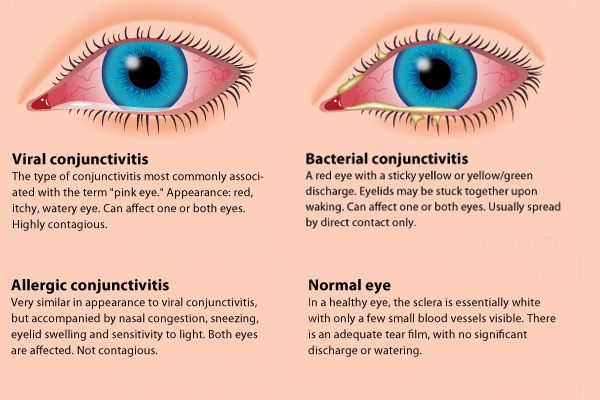 Despite the frightening appearance of young parents, this condition is usually not dangerous for the health of the child. However, it is impossible to leave it without treatment so that severe complications do not develop.
Despite the frightening appearance of young parents, this condition is usually not dangerous for the health of the child. However, it is impossible to leave it without treatment so that severe complications do not develop.
Why does the eye of a newborn fester?
There are two main reasons why a newborn may start to fester in the eye: conjunctivitis and dacryocystitis.
Conjunctivitis is an inflammation of the mucous membrane of the eye caused by viruses, bacteria or allergies. Dacryocystitis is an inflammation of the lacrimal sac, it can be congenital. While the baby is in the mother's abdomen, its tear ducts are covered with thin films and filled with a gelatinous mass (mucus) so that amniotic fluid does not get inside. By the time of birth, the film usually resolves, and during the first cry, the mucus comes out, freeing the tear ducts. If for some reason this does not happen, the path to tears remains blocked. The fluid stagnates in the lacrimal sac, inflammation may begin.
Dacryocystitis in newborns is more common than conjunctivitis. It usually affects one eye, while conjunctivitis affects both. Also, dacryocystitis can be suspected if, when pressed, mucus or pus is released from the lacrimal canal. But since the appearance of the diseases is similar, and the treatment will be different, the final diagnosis should be made by the doctor during the examination.
How to treat before going to the doctor
Before going to the doctor, a newborn should not categorically instill drops or ointment in the eye. Only a doctor can prescribe medication. Also, do not start to massage the lacrimal canal, guided by videos or articles from the Internet. If the diagnosis of dacryocystitis is confirmed, the doctor will show how and in what direction to massage. Wrong actions can only aggravate the disease.
This is important!
Before the appointment of treatment, you can only carry out the toilet of the eye, that is, remove the purulent plaque in a timely manner and rinse the eyes.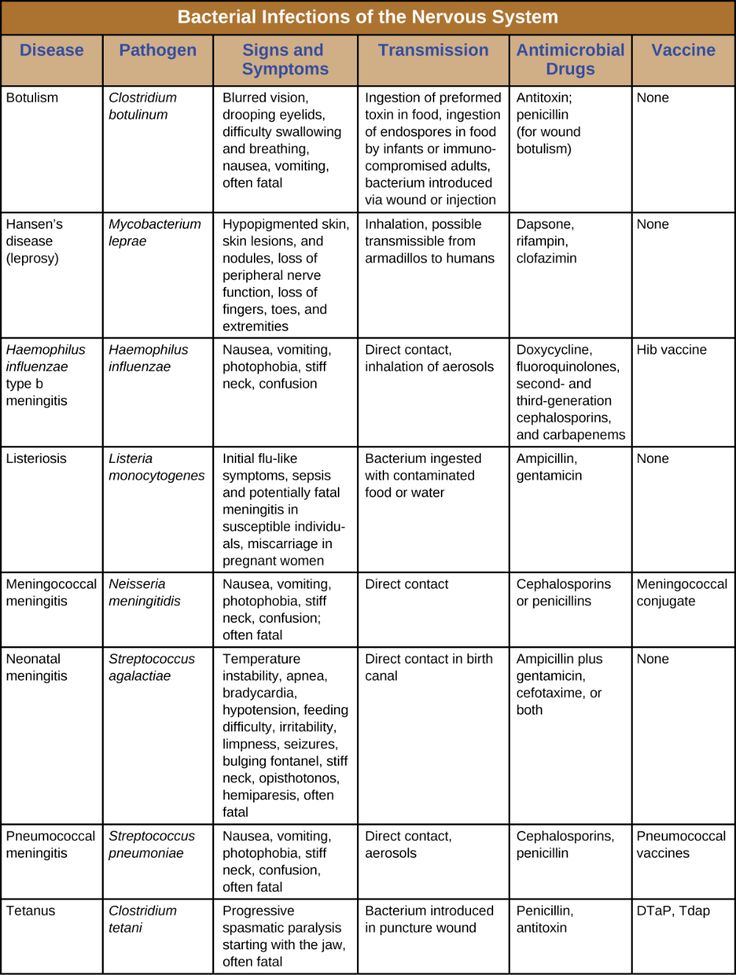
How to wash the eye of a newborn?
You can wash the festering eyes of a baby with a solution of furacilin: it is sold ready-made or in tablets. In the latter case, the tablet must be diluted in a glass of warm boiled water. If furatsilina is not at hand, you can use saline, infusion of pharmacy chamomile or just boiled water.
You can’t wash your child’s eyes with a solution of hydrogen peroxide, potassium permanganate - the proportions of the solution of these drugs can be easily broken, and then you can seriously damage the baby’s eye. If the doctor considers that furatsilin is too weak or ineffective in your case, he, when prescribing treatment, will describe in detail how and with what to wash the eyes of a newborn.
Be sure to wash your hands with soap and water before you start rinsing. To wash each eye, use only a clean cotton pad or a piece of bandage, otherwise you can bring an infection from a diseased eye into a healthy one.
This is important!
It is necessary to wash the eyes in the direction from the temple to the nose and in no case vice versa, so that the collected pus is definitely brought out of the eye, and not left behind the eyelid.
What treatments are used if conservative treatment fails
The sooner you start treating a festering eye, the higher the chances of getting by with only conservative treatment, that is, washing, massage and antibacterial drops.
So, massage helps to cure dacryocystitis in a third of babies under the age of two months and in a fifth - up to four months. If there is no improvement or the condition of the eye has worsened, you need to contact an ophthalmologist to adjust the treatment. The next step in the treatment of dacryocystitis is probing the lacrimal canal. Usually it is carried out for babies older than a month, in a hospital. The effect of this manipulation is very high: more than 99% of babies under the age of three months are completely cured after a single procedure.
